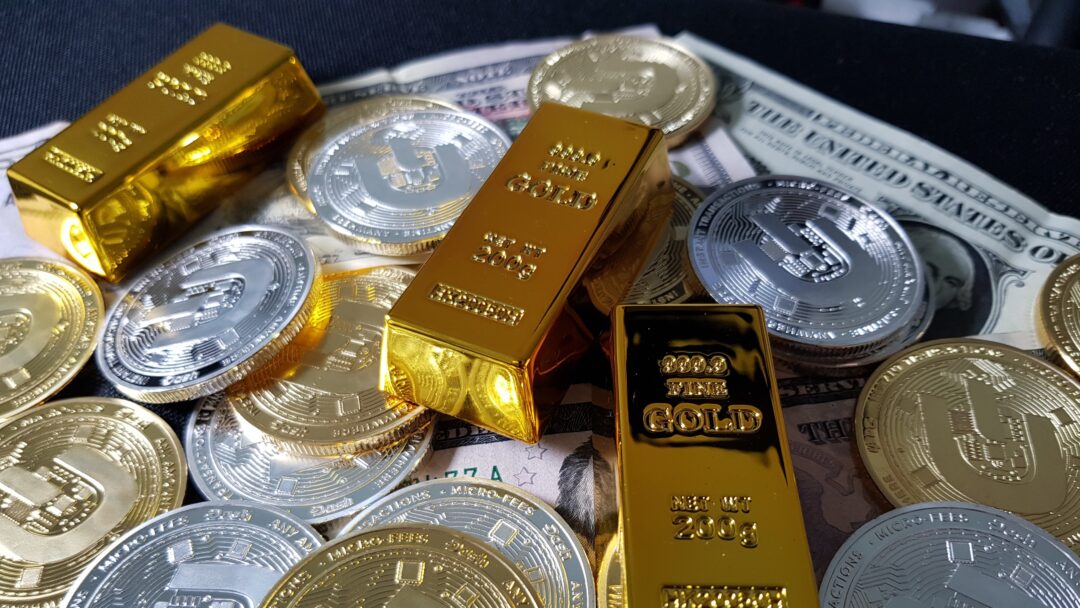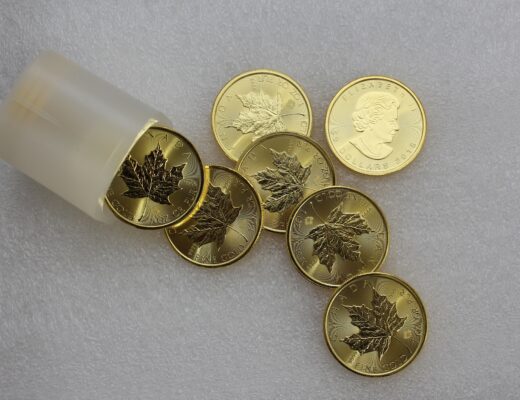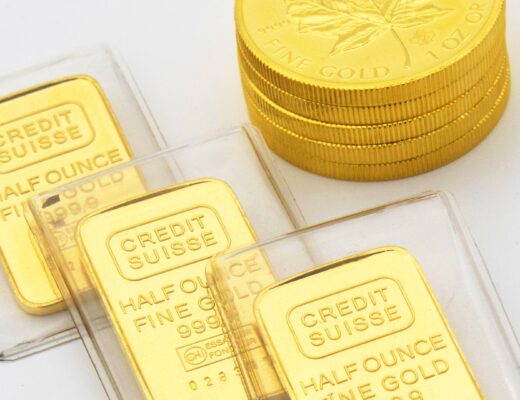Retired life planning entails calculated decisions, and for some, diversifying their profiles by transforming a conventional 401k into rare-earth elements becomes an engaging option. This strategy includes transitioning a part or the whole of one’s retirement financial savings from traditional financial investments into properties like gold, silver, platinum, or palladium. Nevertheless, convert 401k to precious metals calls for cautious factors to consider and an extensive understanding of the actions to ensure a safe, safe, and secure change is made.
Recognizing the Inspiration
Diversity Beyond Conventional Properties
The key inspiration for converting a 401k to precious metals lies in diversity. Typical retirement accounts are usually connected to the efficiency of supplies and bonds, making them prone to market volatility. On the other hand, Precious metals historically show a degree of independence from market variations, working as a possible hedge versus economic unpredictabilities.
Hedge Versus Rising Cost Of Living and Economic Instabilities
Precious metals, especially gold and silver, have existed for a long time as a store of value. They have a tendency to retain purchasing power, acting as a hedge against inflation and geopolitical chaos, potentially protecting a wide range during challenging economic times.
Actions to Safely Convert Your 401k to Precious Metals
Education and Learning and Research Study
Begin by informing on your own concerning the procedure of transforming a 401k to rare-earth elements. Comprehend the precious metals offered for investment, such as bullion coins, bars, or ETFs. Study trustworthy dealers or custodians concentrating on handling precious metals for pension.
Assessment with Financial Professionals
Seek advice from economic experts or retirement experts with know-how in rare-earth elements of financial investments. They can examine your economic circumstance, danger tolerance, and retirement goals, providing personalized recommendations on whether transforming to rare-earth elements straightens with your total financial strategy.
Picking a Reliable Custodian
Determine a reliable custodian experienced in caring for precious metals within the pension. Assess their performance history, costs, storage alternatives, and adherence to IRS laws controlling rare-earth elements in retired life profiles.
Launching the Rollover Refine
Initiate the rollover process by working with between your present 401k provider and the selected precious metals custodian. Make certain a straight transfer of funds to avoid tax obligation ramifications or early withdrawal penalties. This usually entails documents and interaction between both financial institutions.
Selecting Rare-earth Element Investments
After the funds are moved, select the form of precious metal investments for your new account. Alternatives include physical gold, silver, platinum, or palladium, kept in secure depositories authorized for pension, or ETFs and mutual funds backed by these steels.
Protect Storage and Administration
Opt for protected storage space centers that adhere to Internal Revenue Service regulations for physical precious metal holdings. Select respectable depositories with robust safety measures to secure your beneficial possessions.
Protecting Your Financial Investment
Prospective Benefits
Converting a 401k to precious metals uses potential advantages. Diversification can minimize dependence on conventional market efficiencies, while precious metals’ security and historic value retention may give protection throughout financial turmoil.
Considerations and Dangers
Nevertheless, it’s essential to consider the dangers connected with this method. Rare-earth elements can be subject to cost volatility and storage space expenses and may not generate returns comparable to other financial investment alternatives over the long term. Comprehending these considerations is crucial in making an informed choice.
Understanding Possible Benefits and Considerations
Prospective Benefits
Diversity: Including precious metals in your retired life profile can diversify your holdings beyond traditional properties like supplies and bonds. This diversification intends to minimize threats by reducing dependence on the performance of a single property class.
Riches Preservation: Historically, precious metals have revealed resilience in maintaining a wide range during economic recessions. They have served as a hedge against the rising cost of living and currency decline, preserving value over the long term.
Safe-Haven Possession: Throughout times of economic unpredictability or geopolitical tensions, rare-earth elements, especially gold, have usually been sought after as a safe-haven asset, using security and perceived innate value.
Factors to Consider and Risks
Rate Volatility: Rare-earth elements, while traditionally stable over the long term, can experience temporary price volatility. Changes in rates may affect the general value of your retirement cost savings.
Storage Space Costs and Security: Physical belongings of precious metals call for safe storage, which might include added costs. Following IRS policies, proper storage centers are vital for guarding these properties.
Limited Growth Prospective: Compared to various other investments, the growth capacity of precious metals, specifically over much shorter periods, might be restricted. They could not create the exact same degree of returns as equities or specific alternative investments.
Intricacies in Marketing: Liquidating rare-earth elements can be more complicated than selling standard safety and securities. The procedure might include discovering customers, shipping steels firmly, and incurring additional deal expenses.
Elements to Think About Before Transforming
Financial Goals and Risk Tolerance
Evaluate your lasting economic objectives, retirement timeline, and danger resistance. Assess how consisting of rare-earth elements aligns with your general financial investment method and your convenience level with possible cost variations.
Appointment and Specialist Suggestions
Seek advice from monetary specialists or consultants specializing in retirement preparation and precious metals. Their understanding can clarify whether converting your 401k to rare-earth elements suits your distinct economic conditions.
Governing Comprehending
Understand the IRS regulations and guidelines governing precious metals within retirement accounts. Conformity with these regulations is crucial to avoid fines or disqualifications of your retired life cost savings.
Prices and Costs
Consider the associated costs, including arrangement charges, storage costs, transaction costs, and monitoring prices with custodians or suppliers. Examine these against the prospective advantages to determine the general worth of the conversion.
Verdict
Converting a 401k to rare-earth elements allows diversification and potential wide-range defense, but it demands meticulous planning and educated decision-making. By carrying out a complete research study, looking for expert recommendations, and carefully navigating the conversion process, people can safely change their retired life cost savings into rare-earth elements. Balancing the potential advantages against associated dangers can equip individuals to make an educated option lined up with their long-term financial purposes and risk tolerance, eventually adding to a much more secure and varied retirement portfolio.




